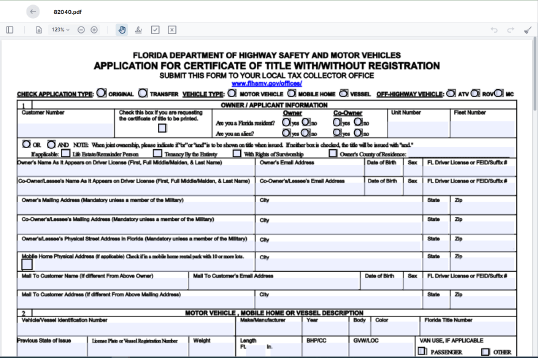Forms for landlords and/or tenants to propose action relating to tenancy agreements.
Form RTB-52 is the type of residential tenancy agreements used by most private landlords and housing associations.
There are a number of matters on which landlords or tenants must follow certain rules laid down in the regulations. In some cases it may be necessary for them to complete a form, called a ‘prescribed form’, that proposes an action that may affect the other party to the tenancy agreement.
The forms are called prescribed forms because the wording in them has been carefully drafted to ensure that the person completing the form and the person on whom it is served may understand what is being proposed and what they may do in response. Failure to serve the correct form may invalidate the action that is being proposed.
You may not alter the wording in these forms unless a form says you may do so. If you alter the wording, the form may be invalidated. You must also comply with any notice periods set out in the form.

